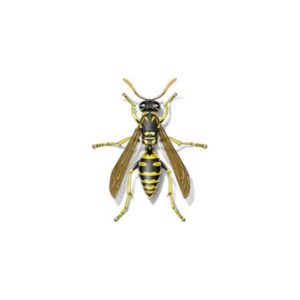Velvet Ant Wasps in Eastern Tennessee
Commonly referred to as the red velvet ant or cow killer ant, the velvet ant is actually a solitary wasp. Due to a painful sting, tough outer skeleton, and foul-smelling chemical excretions, it appears that the velvet ant does not have any predators. They get their name due to the fuzzy velvet appearance of females, which are wingless and often brightly colored. Males cannot sting and are harmless, but the females have an extremely painful sting, as suggested by the name “cow killer” given to some of the larger species. Their bright colors are actually a signal warning predators to stay away – just like the bright colors of a wasp warn predators that it can sting.
Velvet Ant Wasp Habitat
The velvet ant is typically seen running around open areas, sometimes erratically, in late summer. They may be seen in lawns or pastures or wandering into buildings. Velvet ants are external parasites of bees and wasps, taking over their nests in the ground. A few species of velvet ants paralyze flies and beetles. Consequently, there are no identifiable nests to treat. Females usually search for host nests on the ground, especially on bare, sandy soil. Male velvet ants are often found on flowers. Adult velvet ants feed on nectar and water. Although uncommon, velvet ants occasionally enter structures in search of prey.
Velvet Ant Wasp Behaviors, Threats, or Dangers
Although velvet ants are very docile and rarely come into contact with people, the female velvet ant has a very potent and toxic venom. A sting generally only occurs if they are accidentally stepped on. If a sting does happen, there is the possibility of a severe allergic reaction occurring in some people that will require immediate medical attention. Parents should educate their children to not handle them or touch them. If you spot a velvet ant wasp, always contact a licensed wasp removal expert for help.
Need help with Velvet Ant wasps?
We'll call you! Leave your information below.




